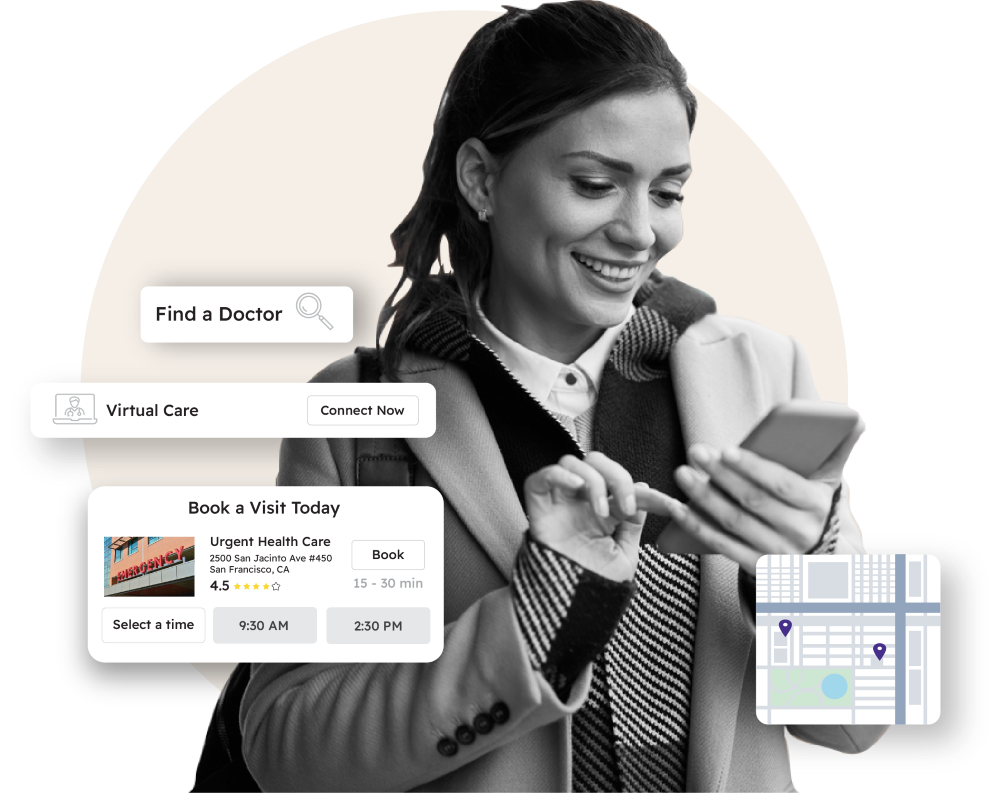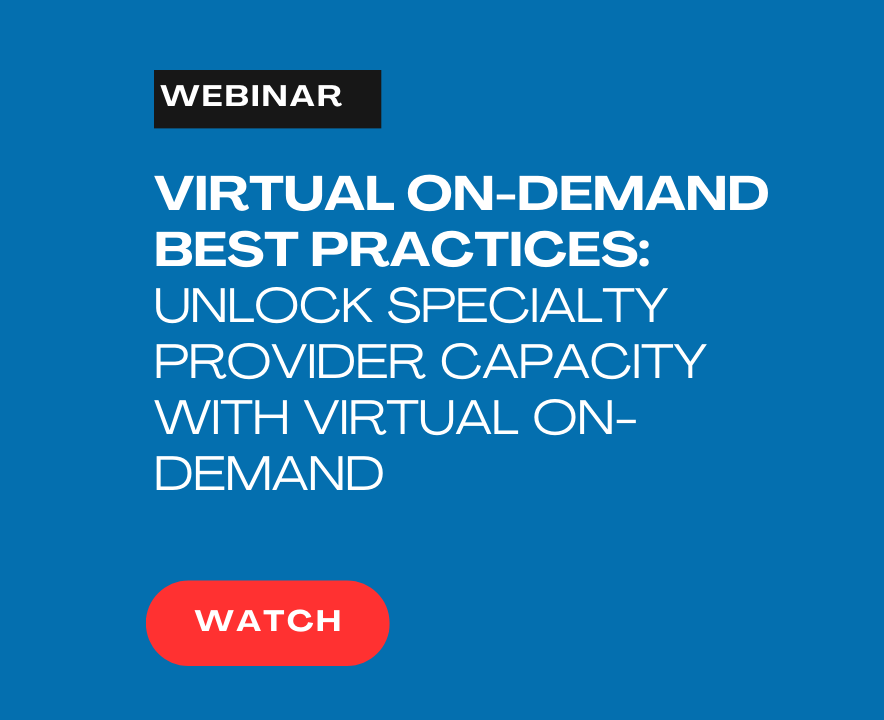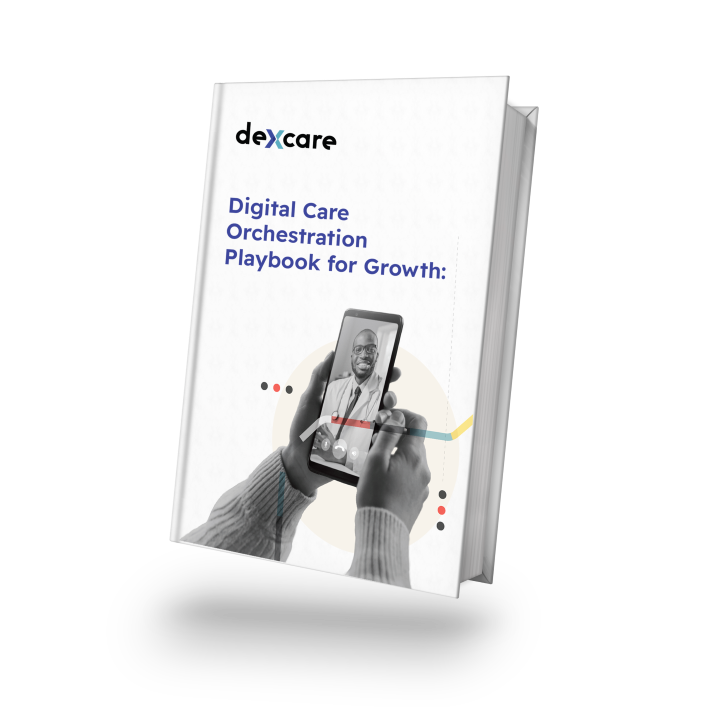Effective Care Orchestration: Boosting Patient Outcomes and Reducing Healthcare Costs

What is Care Orchestration?
Care Orchestration is the digital awareness to allocate an entire ecosystem of care – from caregivers and clinics to virtual – to increase patient access. It’s the ability to match capacity to patient’ needs with precision. And it’s the real-time agility to control how, where, and how care is routed to promote access, improve the patient experience, all while protecting workforce resources.
Care Orchestration ensures that care teams and patients are guided through a seamless journey. For patients, self-scheduling is easy, and for health systems it’s the tools to distribute a portfolio of care, across doctors, nurses, clinics, telehealth and specialty. The result? A better experience for everyone involved — patients and clinicians alike — and, ultimately, delivering the right care, at the right time, at the right location.
Let’s dig deeper into the importance and approach to care orchestration.
“It’s not a choice between greater access and more doctors, at the expense of revenue. It’s the balance between all three.”
— Derek Streat, CEO of DexCare

Why Care Orchestration?
America is confronted with a ‘healthcare trilemma.’ We must take care of more people with fewer resources, while at the same time, the costs of healthcare are spiraling out of control. Care orchestration offers the equilibrium to deliver and balance all three.
Consider the pain points:
- The demand for care is growing. More people live with 1-or-more chronic condition, and by 2030 1-in-5 Americans will reach the age of 65.
- The supply of care is shrinking. A national shortage of doctors and nurses has reached crisis levels, where 2-in-5 practicing physicians will reach the age of retirement within the decade.
- Health systems are operating in the “red” as labor and supply costs increase.
Care orchestration is the essential solution to navigate the healthcare trilemma, enabling us to optimize resources, meet rising demand, and ensure sustainable care delivery.
Why data aggregation and data fidelity matter for better care orchestration?
Achieving data fidelity – the unification, accuracy and completeness of health system’ data – is both mission critical and a solvable endeavor. Modern data ingestion systems can crowdsource and organize disparate data silos, such as open schedules, provider utilization, and public demand, to create the linkages to orchestrate care in real-time.
Liberating data is essential to balance precious care-team capacity and to best-match providers to patients. Today’s predictive-data models reduce complexity and shorten the gap between patient intent and getting care. By breaking the legacy-data vaults, health systems can now take a digital leap to modernize the patient-care experience, ensuring each appointment is matched to best-fit care venues.
How to Orchestrate Care.
Automating processes to consider a patient’s unique needs—how they prefer to engage, their reason for visit and even location—is key and must be considered and processed instantly. And while it’s tempting to deploy a “one-size-fits-all strategy,” the results are hardly cost-effective nor patient-centered.
DexCare’s care orchestration platform is a four-step strategy:
1.) Harmonize your data
Care orchestration starts with unifying data to align the supply of care with patient demand. By centralizing data—from capacity and utilization to cost—across EMRs and third-party software, we simplify complexity to provide clear insights and clinical intelligence for better decision-making.
- Consolidate datasets into a single source of truth
- Leverage GenAI to align digital assets to the right care venues
- Centralize provider information management in one platform
- Establish data-linkages between demand and system capacity
2.) Promote your care portfolio
Automate and orchestrate how, where, and when care is accessed throughout the digital ecosystem. The truth is, not every patient requires a doctor’s visit. Instead, it’s about redirecting care to the most suitable modality and automating care coordination.
- Oversee a comprehensive portfolio of providers, locations, and services
- Automatically balance peak demand to avoid congestion
- Enable clinicians to operate at the top of their license
- Prioritize expiring inventory to optimize revenue
3.) Maximize each digital touchpoint
Empower your digital front door from search and discovery to scheduling. Deliver a retail-inspired experience that expands markets, boosts engagement, and guides patients to the right care settings.
- Attract more patients
- Utilize NLP search for precise routing
- Nudge patients to the most suitable care
- Deliver a patient-centered digital experience
4.) Predict, optimize, and expand.
Leverage real-time data to predict patient demand, behaviors, and preferences, while gaining insights for how to orchestrate the distribution of care to meet demand with capacity.
- Forecast demand at the system, service, and provider levels
- Analyze utilization in relation to care distribution
- Redirect low-acuity care to more cost-effective, high-quality settings
- Evaluate value across finance, marketing, and operations
Care Orchestration: Greater access with the same clinical resources.
Care Orchestration is the strategic alignment of healthcare resources to meet patient needs, ensuring that the right care is delivered at the right time and location. By harmonizing data, promoting a diverse care portfolio, maximizing digital touchpoints, and leveraging predictive analytics, healthcare systems can meet the challenge of growing demand, shrinking supply, and rising costs. This digital transformation not only improves patient access but optimizes workforce capacity, ultimately enabling sustainable and high-quality care delivery in an increasingly strained healthcare environment.
Care Orchestration Resources

White Paper
A better experience without straining providers
Learn how care orchestration increases access without straining capacity.
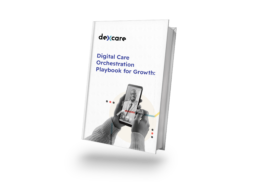
Playbook
Your 101 guide to care orchestration
Learn how to drive more clicks and a digital experience that patients love.

Playbook
Digital starts with care orchestration
Patients are looking for the “easy” button are you up to the task?

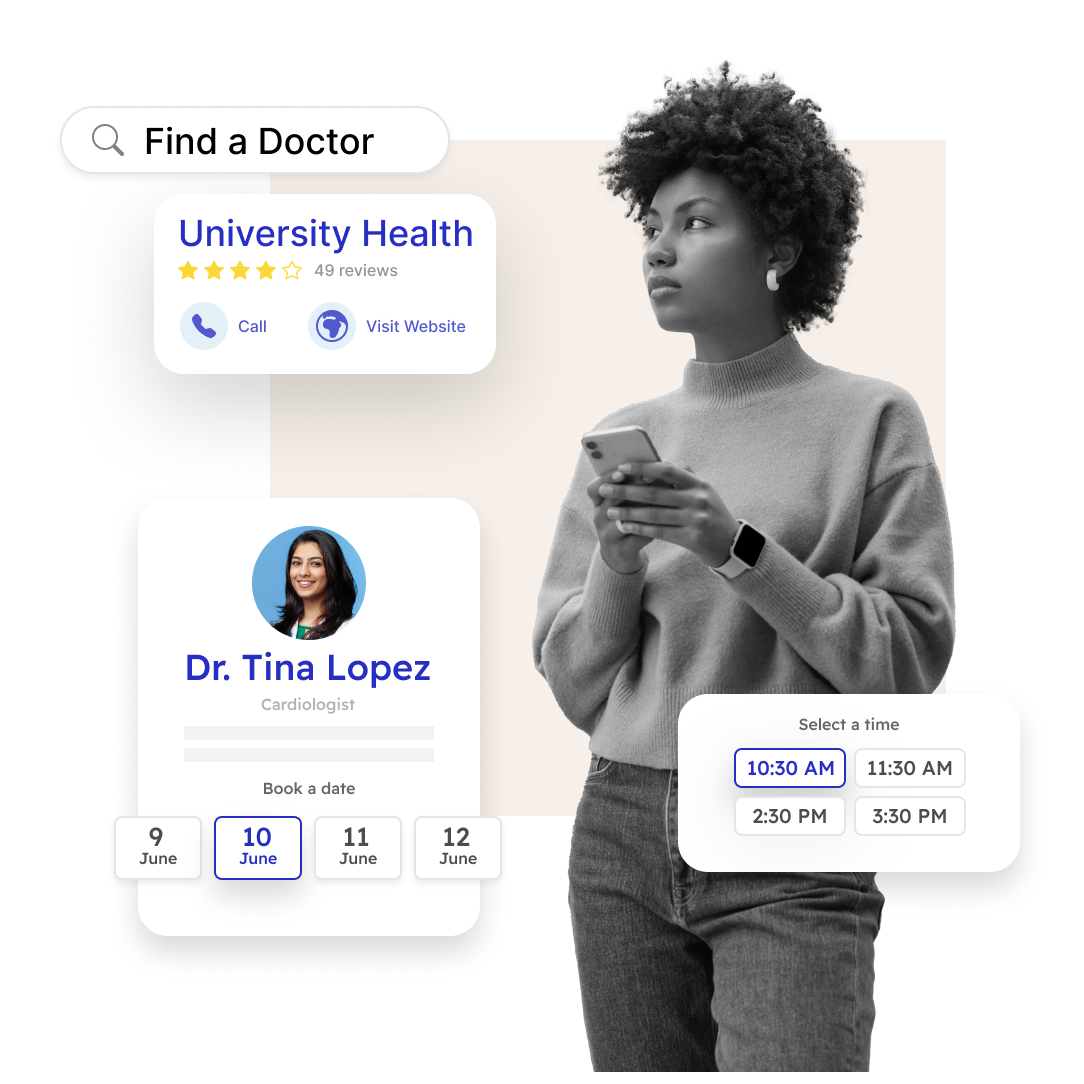
 Veterans Affairs
Veterans Affairs
